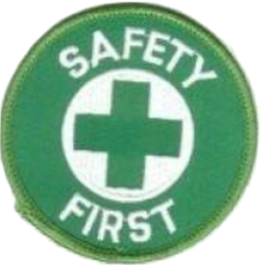When a painting company got a contract to paint a highway bridge, scaffolds were suspended from the bridge. And because employees would be working 30 feet above the ground, use of fall protection in the form of a personal fall arrest system secured directly to the bridge was required and issued to each scaffold worker.
“Roger” was an experienced painter who had worked for the company for 12 years. Not only was he well trained in the use of the fall arrest system, he had also signed the company’s mission statement, which recognized and required safety procedures and employees’ obligation to follow them.
For some reason, however, Roger was not wearing the required PPE on the day he fell from the scaffold to his death.
When Roger’s executor sued the company for wrongful death, the company argued that if he had been wearing fall protection as required, he would not have died.
The company went on to point out that it had an exemplary training program designed to protect workers from accidents.
It held mandatory safety sessions every Monday and shorter “toolbox” safety meetings on a daily basis. During those sessions, employees were specifically trained in the safe use of the personal fall arrest system and instructed that they were required to use this PPE.
Not only was the company’s training exemplary, it also had an exemplary safety record—15 years in business and never before an injury caused by a fall.
What the Court Said
The Ohio Court of Appeals denied the wrongful death claim, saying that the employer did all it could to prevent the accident. The court said that an employer cannot be held liable for an employee’s injury when it has taken measures that would have prevented the injury had they been followed. While the court was mindful of the tragic result in this accident, the justices agreed that the employee, not the employer, was at fault.
Effective safety training programs make the difference between safe and sound workers and accidents and injuries. It prevents tragedies like the one in the case just reviewed.
One great way to get employees engaged in safety training so that they learn and obey safe rules and procedures is to involve them in the study of a real accident case. Case study analysis is a highly effective form of safety training—in fact, one that OSHA itself recommends.

